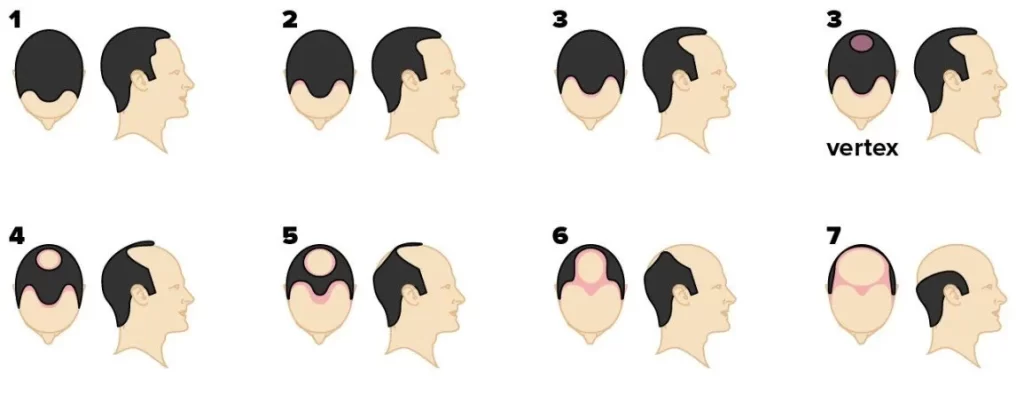
Hair loss treatments are most successful when started early. It’s easier to slow down hair loss than it is to stimulate new hair growth. Hair follicles that stop producing hair become dormant after about two years and can’t be reactivated. Once significant hair loss has occurred, surgical procedures may be the best option.
Depending on the severity of your hair loss and your success with OTC treatments, your doctor may recommend the prescription drug finasteride (Proscar, Propecia). Finasteride is a pill that’s approved by the U.S. Food and Drug Administration to treat men with hair loss. According to the American Academy of Dermatology, it slows hair loss in about 88 percent of men and stimulates regrowth in about 66 percent of men.